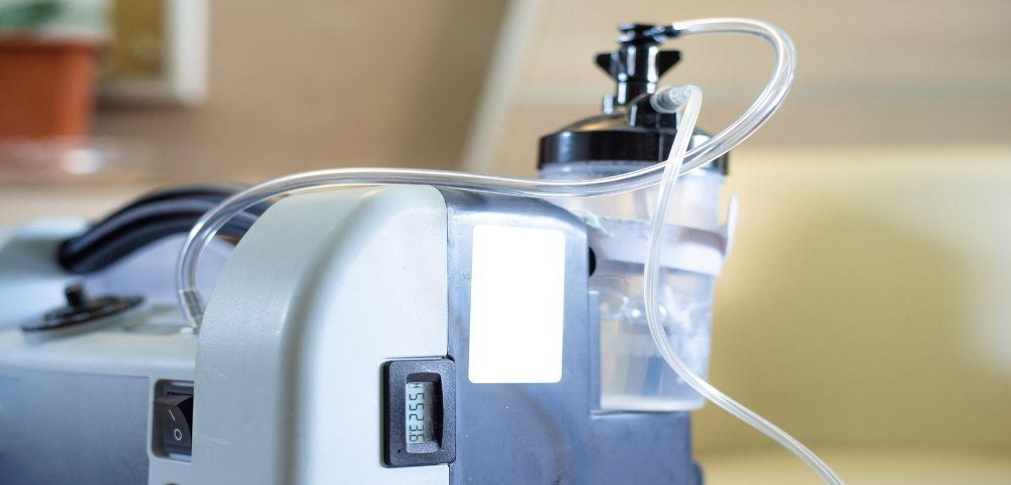
The invention of oxygen concentrators has been groundbreaking, particularly for the medical sector. This is because of the several challenges of using oxygen cylinders and how this invention has come to the rescue. For clarity, some of the challenges of using cylinders for the same purpose include:
- Mobility Concerns
- Increased Cost – As the cylinder would need to be refilled after some time
- Fire Hazard
- Maintenance
Oxygen concentrators have come to the rescue by addressing many of these concerns and more. Furthermore, it is also worth mentioning that there are POCs (portable oxygen concentrators), which offer further incentives. By the way, you can click here for insight on some of the challenges of using oxygen cylinders.
Speaking of portable oxygen concentrators, people who need them should be deliberate about getting the right product. To this end, read on as some helpful selection tips will be shared here.
Guidelines for Buying Portable Oxygen Concentrators
There are top-quality options out there that can be purchased. Buying such and using them will be getting maximum value for your purchase and will help fulfill the goal for purchase, in the first place. To this end, some expert selection tips include:
1. Consultation with Healthcare Provider
These products are not sold without a prescription, more often than not. So, this is the first reason why you need to consult with your healthcare service provider.
Besides this, it is also about understanding the right specifications. This detail is important in getting something that would be best suited for you. Against this backdrop, your questions on the right product’s specifications should touch on battery life and expected oxygen output, among other things.
2. Get the Right Flow Type
You should pay keen attention to this point as it is one of the common areas many people miss. Having made this clear, POCs come in either of two flow types – pulse dose and continuous flow.
The pulse flow option implies that oxygen is only delivered during inhalation. Such products usually have better battery life because of the selective oxygen delivery process. By the way, this flow type is also referred to as on-demand flow type in some quarters.
On the contrary, POCs that use the continuous flow type constantly supply oxygen to users. As a result, it is better suited for people who have severe needs.
Bearing these in mind, you should know which flow type is required. Once again, this is another reason why before purchasing an oxygen concentrator for sale, your healthcare service provider’s consent should be obtained. So, ensure that you do the needful in this regard.
3. Warranty & Support
The manufacturer’s warranty policy has to be thoroughly reviewed. This is to ensure that it is reasonable and generally in the best interest of consumers like yourself, or whoever will be using it.
Additionally, ensure that there is a post-purchase arrangement for customer and technical support. This ensures that everything plays out smoothly.
4. Cost & Insurance Coverage
The truth is that these products are relatively expensive. However, the right kind is to be considered worth it, especially given the benefits in view. However, you would still do well to compare prices vis-à-vis offered features by several options.
Furthermore, check if the product/seller allows for payment with your insurance plan. That is if you have one and it is designed to cover such expenses.
5. Buy from the Right Source
For starters, these are not products that you can afford to purchase from just anywhere. So, get yours from an authorized dealer. The chances of getting genuine products and even post-sale support are higher when you make your purchase from authorized dealers.
By the way, avoid making this purchase from second-hand parties. This is even if it comes cheaper, which might be the case. Performance issues may arise along the line when you make your purchase from second-hand parties.
6. Consult Reviews & Testimonials
You are most definitely not the first person to use a POC or the first to use any POC product. As a result, the experiences of those who have made purchases before you can help you make the right decision. So, credible reviews and testimonials should be consulted.
7. FAA Approval
POCs are designed to undo the mobility restrictions associated with traditional artificial oxygen supply methods. However, there may be restrictions in some regards if the purchased and used product does not have the right certifications.
FAA approval is a prime example as the use of POCs that are not FAA-approved is prohibited during flights. For more information on federal aviation guidelines for the use of POCs, you can visit: https://www.faa.gov/.
Downsides of Buying/Using the Wrong Portable Oxygen Concentrator
There are several downsides to purchasing and using a below-par portable oxygen concentrator. One such is financial loss but it could even be much more. Some of the other downsides in question include:
- Incompatibility Issues – Lowering the chances of resolving health concern
- Insufficient Oxygen Supply – Leading to breathlessness, fatigue, and possibly more several health risks
- Mobility Issues – As some options are too bulky to allow for mobility ease
- Restrictions – For example, some options are not approved for use during flights because of the lack of FAA approval
- Reduced Life Quality
- Safety Concerns
- Huge Maintenance Cost
- Noise Troubles
In the spirit of avoiding any of these downsides and several others, knowledge and implementation of expert selection tips are required. To this end, the tips shared above should be paid serious attention to if/when the need for these products arises.
Conclusion

The expert selection tips for purchasing the right portable oxygen concentrators as shared in this article are very important. This is even though there are several others. These tips should therefore primarily inform your choice when the need arises.



Facebook Comments